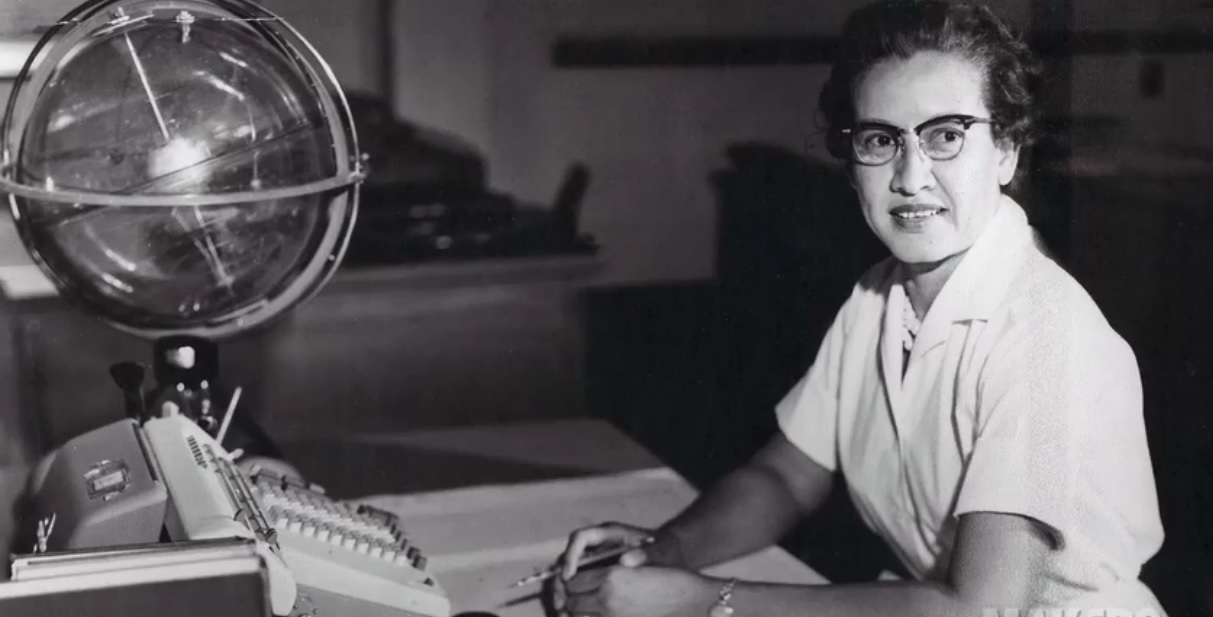The Cherokee Diaspora: An Indigenous History of Migration, Resettlement, and Identity by Gregory D. Smithers (review)
Journal of Interdisciplinary History
Volume 47, Number 2, Autumn 2016
pages 241-242
Tyler Boulware, Associate Professor of History
West Virginia University
The Cherokee Diaspora: An Indigenous History of Migration, Resettlement, and Identity. By Gregory D. Smithers (New Haven, Yale University Press, 2015) 368 pp. $40.00
Scholars have studied the Cherokee from many angles, ranging from political, diplomatic, and economic histories to interdisciplinary explorations of race, gender, class, and kinship. Smithers offers a new take on the history of the Cherokee, their experiences as a diasporic people. Focusing on the years between 1756 and 1945, and largely unfolding in linear fashion, The Cherokee Diaspora underscores the importance of migration and settlement. The pressures of settler colonialism prompted many of the Cherokee in the late eighteenth and early nineteenth centuries to relocate to different areas of the Southeast, while others moved farther afield beyond the Mississippi River. This vanguard of migration to the West, Smithers argues, occurred on an unprecedented scale, only to be eclipsed by near wholesale displacement during the removal crisis. Migration and resettlement continued thereafter, as individuals, families, and kin groups scattered across the United States during the Civil War—the subsequent period of allotment and assimilation—and later during the termination and relocation era of the twentieth century.
Regardless of era or destination, the Cherokee in diaspora sought to maintain a distinct sense of themselves. Critical to this endeavor was the rise of the Cherokee nation-state and the multiracial elites who, though often splintered, sought to protect Cherokee peoples and lands. What emerged, Smithers writes, was Cherokee attachment to a new political homeland, the Cherokee Nation in present day Oklahoma, and an ancestral homeland in the southern Appalachians (which also served as a political homeland for the Eastern Band Cherokee). The post-removal political homeland was especially important because it gave the Cherokee across the continent a “political focal point on which to fix their allegiance” (116).
A major sub-theme of the book is how these two homelands became important to Cherokee identity, particularly legal identity, and how Cherokee leaders struggled to define citizenship. This issue assumed greater urgency during and after the Civil War as a shrinking territorial base became threatened by “intruders,” many of whom claimed Cherokee citizenship. Forced “to determine who was and was not Cherokee,” officials enacted laws and erected bureaucratic impediments to inhibit the path to citizenship (175). Smithers notes that race often played a critical factor in deciding the fate of citizenship applications, resulting in many “African Cherokees” being denied both citizenship and a legitimate claim to Cherokee identity (222).
The Cherokee Diaspora covers its extended chronology well, treating removal as only one moment (albeit a traumatic one) of a longer diasporic history and converging the Eastern Band and Cherokee Nation into a singular analysis. Smithers draws upon an array of scholarship and extensive archival research to explore the interconnected concepts of migration, memory, and identity. Interdisciplinary approaches influence the work, but Smithers’ methodology is squarely grounded in the field of history. Scholars from other disciplines will find much to like in this book, but they would also expect more. Anthropologists, for instance, would require such a study to be informed by ethnographic field-work and a consideration of contemporary Cherokee voices, thereby making the work more of an “indigenous history.” They would want to know more the contribution of clan membership and identity to a sense of belonging throughout this long era of migration and resettlement. Nevertheless, Smithers provides a nuanced and convincing analysis of the Cherokee diaspora. His account, at its essence, is “a story of how the Cherokee became a diasporic people, and continued to be Cherokee” (24). It is a story well worth telling…



